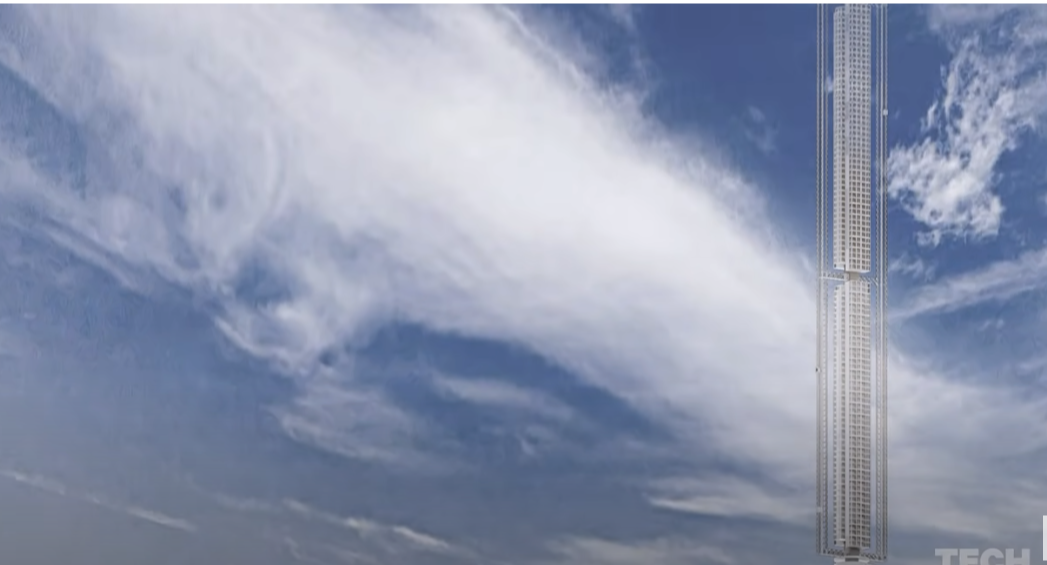Can a skyscraper be suspended from a cloud? No, this is not a hypothetical question in the realm of science fiction, it’s an actual building proposal.
According to Clouds Architecture Office’s proposed Analemma Tower, the building would actually be erected from the clouds, as their name might suggest.
It sounds crazy, but as they explain it, in order to achieve a suspended tower, Clouds AO would turn the concept of an earth-based foundation on its head for a space-based supporting one, better known as Universal Orbital Support System (UOSS). That is, if an asteroid is placed into orbit over Earth, the tower could be suspended over a city from it via a high strength cable.
Living in it would give the residents an experience somewhat similar to traveling in space, as they would experience a 24-hour orbital cycle, with differing views at certain heights in the building. The proposal suggests residential/sleeping quarters two thirds the way up the building with business concerns on the lower sector and scattered devotional and communal activities all around.
From a position in the sky, the tower would follow a figure-8 form between the northern and southern hemispheres in a daily loop. However, much like we are not aware that the Earth is moving around the sun, due to geosynchronous orbit, (an orbit that matches Earth’s rotation on its axis) Analemma Tower would appear to be stationary from the ground POV.
But how do we set up an asteroid above earth? That may sound impossible, but in fact it’s quite feasible. The European Space Agency proved the possibility of landing on a comet with its Rosetta mission in 2015.
The Analemma Tower would be powered by space-based solar panels and a semi-closed filtration and recycling loop system could provide water. Plus, captured condensate and rainwater from the clouds would replenish such a system. Additionally, cable-less electromagnetic elevators would make movement across various levels possible.
Of course, atmospheric conditions might look different from what we are used to on Earth: at an elevation of almost 30 miles you would get 45 additional minutes of daylight, but the extremely cold temperature (-40F) and near vacuum would require humans to wear a protective suit outdoors.
The idea of the Analemma Tower is actually not new, as it was first proposed in 2017 but found no takers. That in itself should answer the question of whether it’s more science fiction than reality.
At least for now, it would appear that its practicality quotient must be low, but as we all know, almost everything that starts out as science fiction eventually turns into everyday reality.












